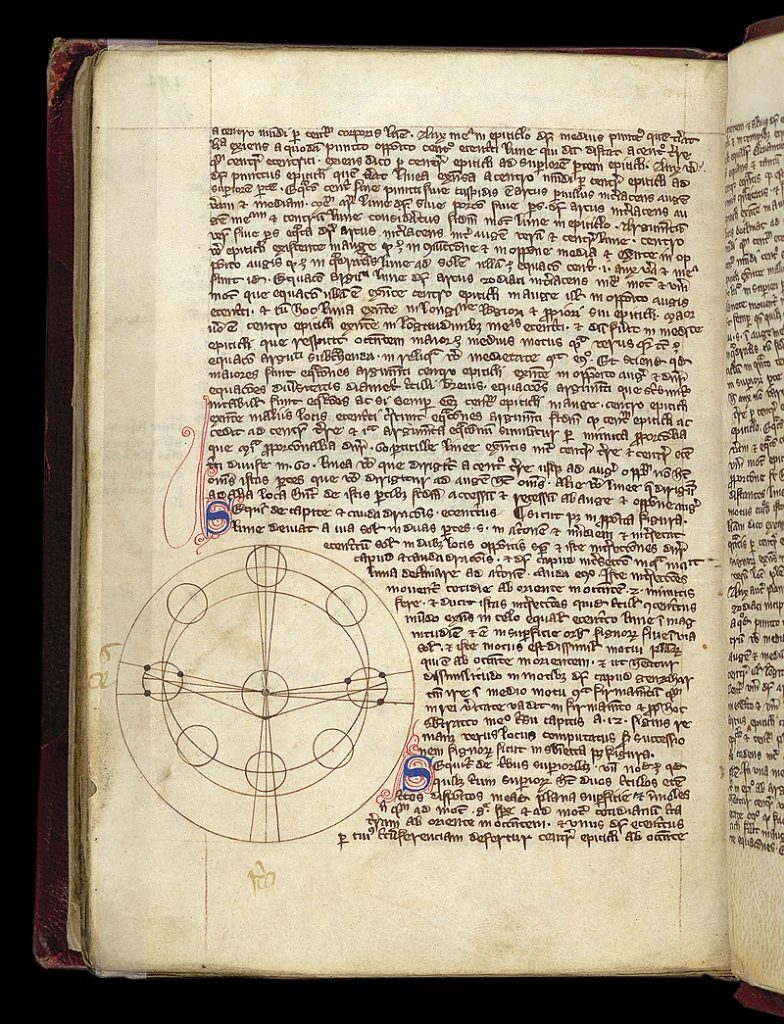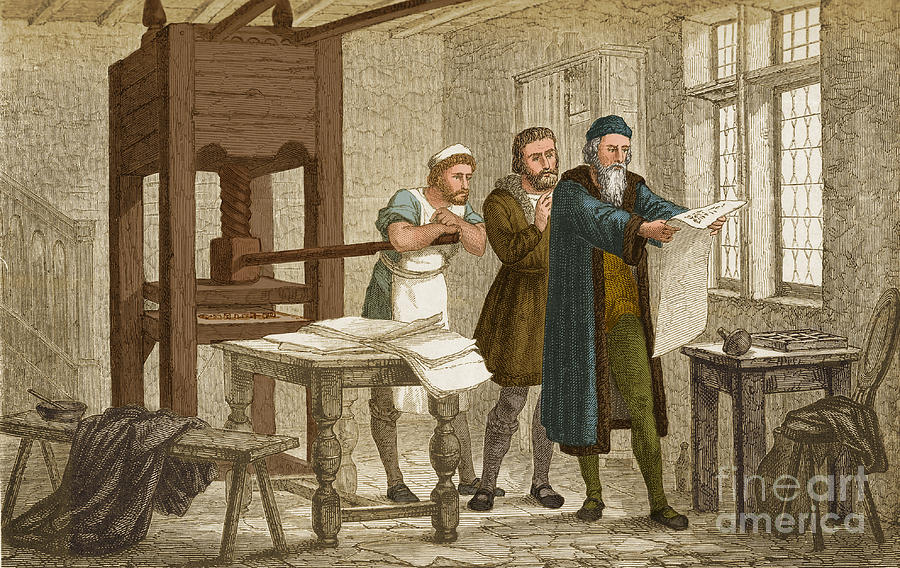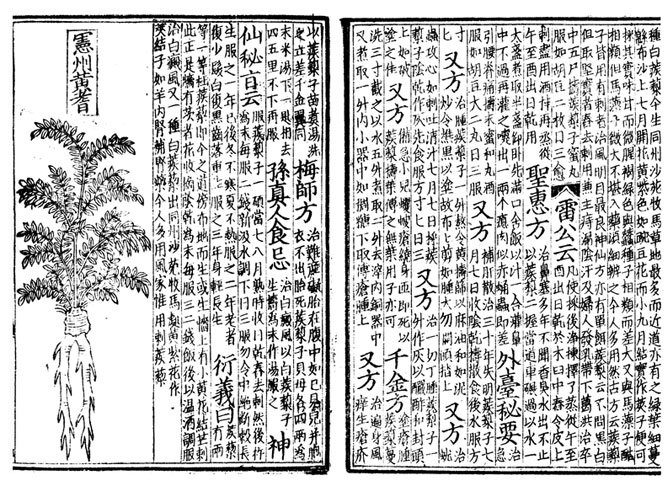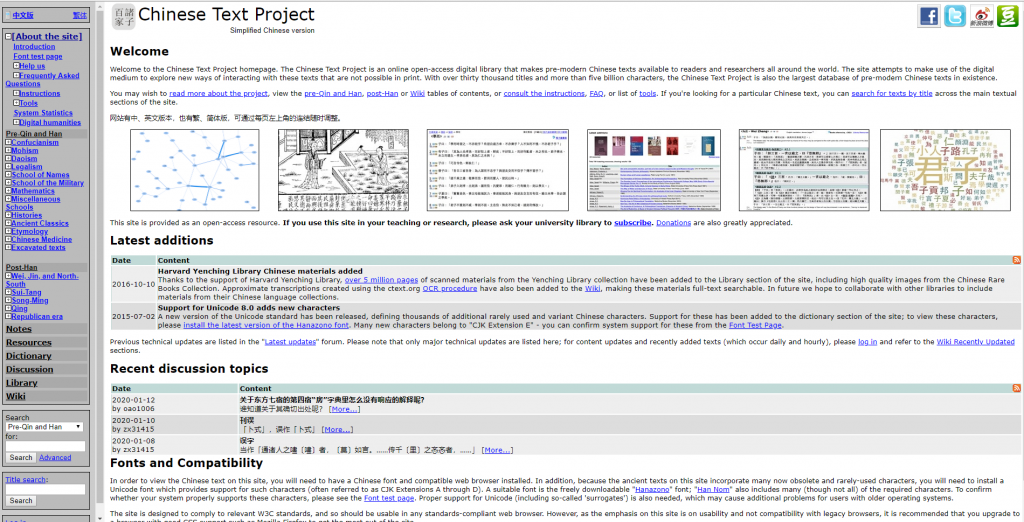Along with many other scholars, we suggest that the migration of cultural materials into digital media is a process analogous to the flowering of Renaissance and post-Renaissance print culture.
Burdick et al. “One: From Humanities to Digital Humanities,” in Digital_Humanities (Cambridge, MA: MIT Press, 2012), 4.
In the early chapters of Burdick’s book, when the article was telling the transition history of humanistic to digital humanities, one thing grabbed my attention, and I treated this thing as one of my learning goals for digital humanities, which is the migration of cultural materials into digital media.

From my previous art history classes, I knew that since their initial appearance, humanistic subjects like History, Art History, Philosophy, Literature, have required a kind of efficient media to carry themselves passing through generations. In ancient times, only aristocracies could afford humanistic subjects. Alchemistry and philosophy were written by skilled artisans on precious vellums. Humanistic knowledge was limited to a very small portion of the population due to the lack of an economic and efficient way of spreading.
It was not until 1439 that Gutenberg became the first European to use movable type. Gutenberg’s attribution to printing enabled Europeans to obtain a mass-producing yet economical way for printing books.

In the eastern world, it was also not until the Song Dynasty that people could finally “afford” knowledge. Before 1200, Chinese literati were closely related to and sponsored by the imperial court because it was so expensive to own thousands of bamboo scrolls. Printed books of Chinese classics, techniques, literature, and arts spread the ancient Chinese wisdom from the imperial court to ordinary people’s homes. The printing technique should be praised for the flourish of humanistic culture in China since the Song dynasty.

Digital_Humanities adopts a different view: It envisages the present era as one of exceptional promise for the renewal of humanistic scholarship and sets out to demonstrate the contributions of contemporary humanities scholarship to new modes of knowledge formation enabled by networked, digital environments.
Burdick et al. “One: From Humanities to Digital Humanities,” in Digital_Humanities (Cambridge, MA: MIT Press, 2012), 7.
Humanistic subjects were always seeking for new media to spread itself. They were never lack of audiences, they were lack of methods to approach people. Now, after the new technological revolution, it is time for us to take advantage of computers, social media, and networks to foster another worldwide spread of humanistic subjects. A lot of efforts have been made to digitalize traditional texts. I could easily get access to my wanted Chinese text online, and some of them could only be borrowed and read if I were a well-known literatus thirty years ago. I am very optimistic about the future of digital humanities, and I am even more excited to witness another “Renaissance” of humanistic subjects via digital methods.
